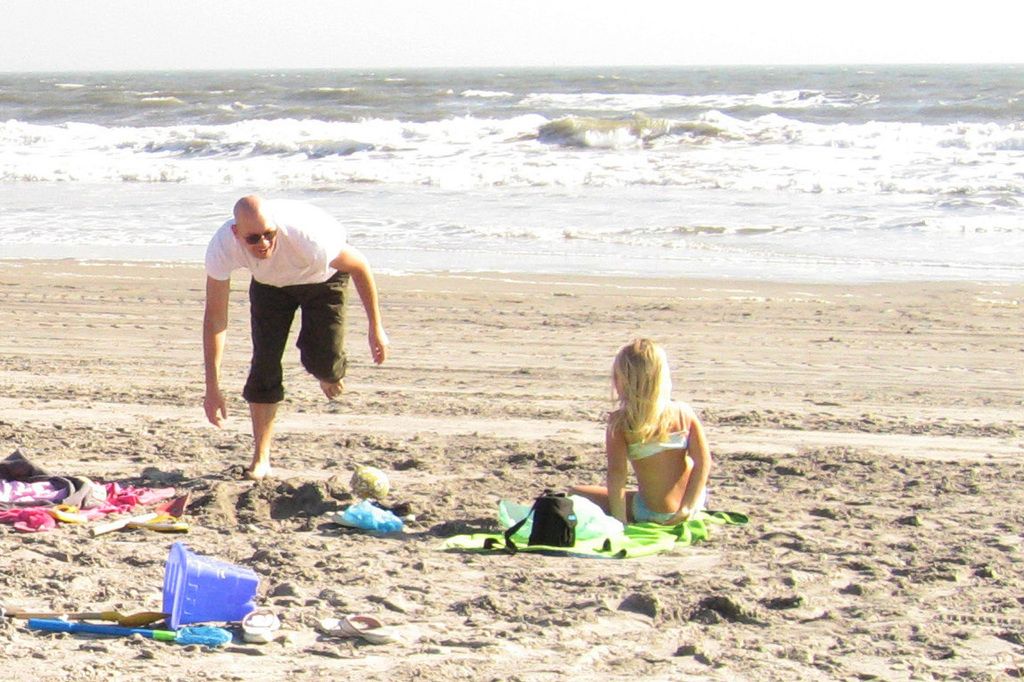Unique Claps: The Silent Symphony of Applause
Every person performs an independent round of applause
Ever wondered what your clap sounds like? Not the one on paper, but the one you make in the air. Scientists from Cornell University and the University of Mississippi have uncovered a fascinating discovery - each person creates a unique sound when they clap. But what's the science behind this everyday gesture?
Through various live experiments, theoretical models, and silicone replicas of human hands, they've concluded that the sound of clapping is caused by the rapid movement of air between your hands. This movement creates an acoustic phenomenon, compressing and ejecting an air chamber from a tiny space. In essence, when hands come together, an air pocket is formed that swiftly escapes through the gap between the thumb and index finger, creating vibrations in the surrounding air molecules - Much like a speaker!
The phenomenon is similar to Helmholtz resonance, the principle that explains the sound when you blow over the opening of an empty bottle. Here, the air inside oscillates at a specific frequency, dependent on the size of the air chamber and the opening. However, when it comes to human hands, the elasticity adds vibrations and absorbs energy from the sound, producing a single short 'crack' instead of a sustained tone.
Variations Abound
Factors such as hand size, hand shape, skin softness, and clapping technique affect the sound produced. Larger hands might produce a louder, deeper sound, while smaller hands could create a higher-pitched, softer one. Technique plays a crucial role too, with the angle and position of hands when clapping altering the sound's resonance.
Embracing Our Uniqueness
Could this unique sound be used to identify people? Much like fingerprints or iris scans, the US researchers propose that such biometric identification methods could be developed in the future. "Just by the sound, we could recognize who made it," comments co-author Guoqin Liu. This research contribution could also aid in the development of new music pedagogy and acoustic diagnostics.
Clapping's unique sound has been a routine part of our lives, but researchers are delving deeper into our everyday gestures to enhance our understanding of the world. So, next time you clap, remember - you're creating a tiny symphony of unique sounds!
- Biometrics
Enrichment Data:
While not a typical acoustic fingerprint, the sound of a clap can still exhibit unique characteristics among individuals. Variations arise from physical factors like hand size, muscle tension, force, and position, as well as technique and environmental factors. However, the level of distinctiveness and consistent uniqueness is not as great as with other acoustic features like voice or music.
Acoustic fingerprints are crucial for identifying specific audio signals, such as music tracks. The human voice, for instance, offers a detailed auditory portrait, similar to a fingerprint. While the sound of a clap does not hold the same level of distinctiveness, understanding its roots can expand our appreciation for the simple yet complex aspects of our daily lives.
- Given the unique sound each person creates when clapping, it's plausible to speculate that biometric identification methods, such as those using fingerprints or iris scans, could be extended to include the distinctive clap sounds produced by individuals.
- The intriguing discovery of the unique sound produced during clapping may have significant implications not only for biometrics but also for fields like music pedagogy and acoustic diagnostics, as the sound can be utilized to recognize different techniques and skills.






